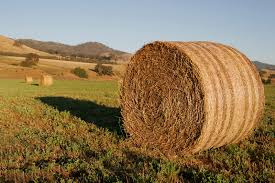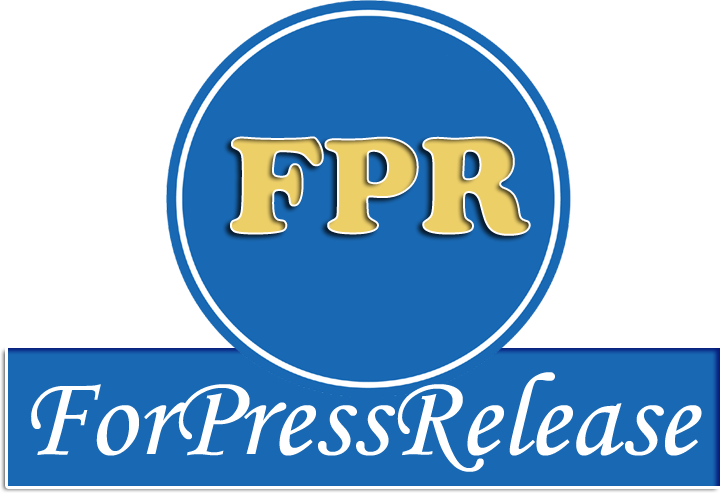- Continental Develops Motorsports Brake Control System for Exclusive Bugatti Bolide Hypercar
- Digital Foresta Launches ‘Pre-Holiday Visibility Drive’ with an Incredible 50% Off All SEO Services for UK Small Businesses
- Nlineaxis IT Solutions Pvt Ltd Introduces Premium Salesforce CRM Consulting Services to Empower Businesses in Digital Transformation
- Jaypee Greens Greater Noida Invites Golfers to Spectacular Night Golf Festival This November
- Deepija Telecom Introduces Call Center Solution to Streamline Customer Support
- Author Ace Bryann Dazzles Thriller Enthusiasts with Pictures Don't Lie
- Kneo Automation launches guide on Industrial Operations with Advanced PLC Programming Solutions
- Rohde & Schwarz achieves full coverage of Skylo's test plan for NB-NTN devices, enabling SMS services
- NORD DRIVESYSTEMS at SPS – Smart Production Solutions 2024
- CloudBik Expands Its Expertise with Advanced Email Migration Services
- RateMe Launches Innovative Employee Performance Rating App for Streamlined Talent Management
- Choice International Limited launches Bharose Ki Choice Campaign
- Shannon's Fall Art Auction, Held October 24, Tops $3 Million, with Over 80 Percent of 183 Lots Sold
- Fingerprint Cards Signs Global Distribution Agreement With Future Electronics
- MakeMyTrip’s ‘How India Travels for Honeymoon’ Report Offers New Perspectives on Couples’ Travel Preferences
 Mail to a Friend Mail to a Friend |
|
     |
Forage Feed Market is Expected to be Worth US$162.87 bn by 2019, Expanding at a CAGR of 11.4% from 2013 to 2019

Forage consists of grasses, herbaceous legumes, tree legumes, silage, green feed and hay. Nearly 200 plant species have been known as forage crops. The market for forage is segmented as fresh forage and stored forage. Fresh forage provides the highest quality and the most palatable feed possible. Stored forage is harvested as hay and can be chopped and packed in plastic bags. Benefits from forage crops are not just limited to livestock production. They also contribute to food crop production by conserving soil, landscape and wildlife, protecting the environment from pollution, and revegetating and reclamation of degraded land. They are also sources of high quality proteins for medical and pharmaceutical products. The global forage feed market in terms of revenue was valued at USD 85.06 billion in 2013.
Interpret a Competitive outlook Analysis Report with free PDF Brochure:http://www.transparencymarketresearch.com/sample/sample.php?flag=S&rep_id=1654
Different kinds of forage crops can be classified as permanent meadows, temporary meadows, annual crops and crops. Permanent meadows mainly consist of perennial legumes and grasses. Here, the land used to grow forage is used for a period of five years or more. These are harvested manually or grazed. In temporary meadows the land used to grow forage is used for a period of less than five years. These forage crops either grow in the wild or are cultivated. Annual crops are high production grains such as wheat, sorghum and maize. Crops are both forage and subsistence such as cowpea and sorghum.
The market for forage feed by product type in 2013 was majorly dominated by stored forage and accounted for 41.51% of the total market share. In future stored forage is likely to lose its market share slightly due to increasing health conscious among consumers regarding animal health. Others kind of forages combined together had around 20% of the market share.
In terms of livestock, the market for forage feed was dominated by poultry accounting for 33.1% of market share in 2013. This is followed pork/swine contributed close to 29% of the market share in terms of revenue. Cattle comparatively accounted for lower share but in future market share is expected to increase due to multiple benefits such as transportation, milk, beef and leather uses from cattles.
Forage feed manufacturing has a global reach. In terms of volume Asia Pacific accounted for more than 30% of the overall market share in 2013 and it is expected to maintain its dominance for the next six years. This is driven by rising population, increasing disposable income and progressive urbanization in Asia Pacific. Europe accounts for around 30% of the forage feed market share. North America and RoW have the remaining market share.
Browse Full Forage Feed Market Report At:http://www.transparencymarketresearch.com/forage-feed-market.html
Some of the major players of the market areTriple Crown Nutrition, Inc., Standlee Hay Company, Inc., Cargill, Incorporated, Baileys Horse Feeds, Semican Inc., The Pure Feed Company Limited and J. Grennan and Sons.
Company :-Transparency market Research
User :- TMR
Email :-sales@transparencymarketresearch.com
Phone :-51861-51861-6181030
Mobile:- 518-6181030
Url :- http://www.transparencymarketresearch.com/forage-feed-market.html


_thumb.jpg)
_thumb.jpg)






